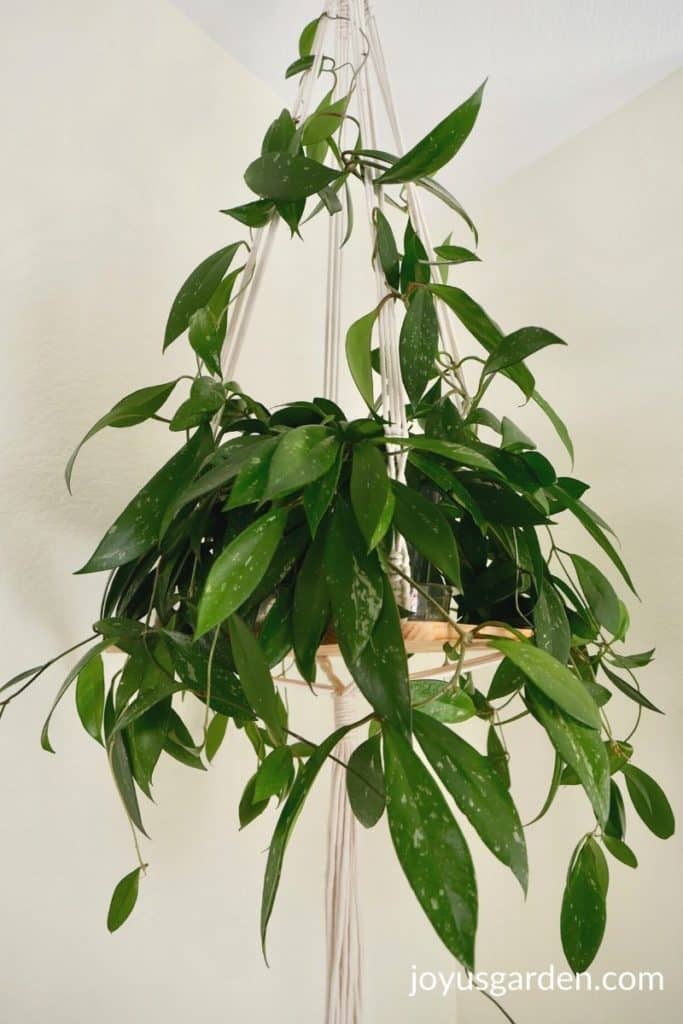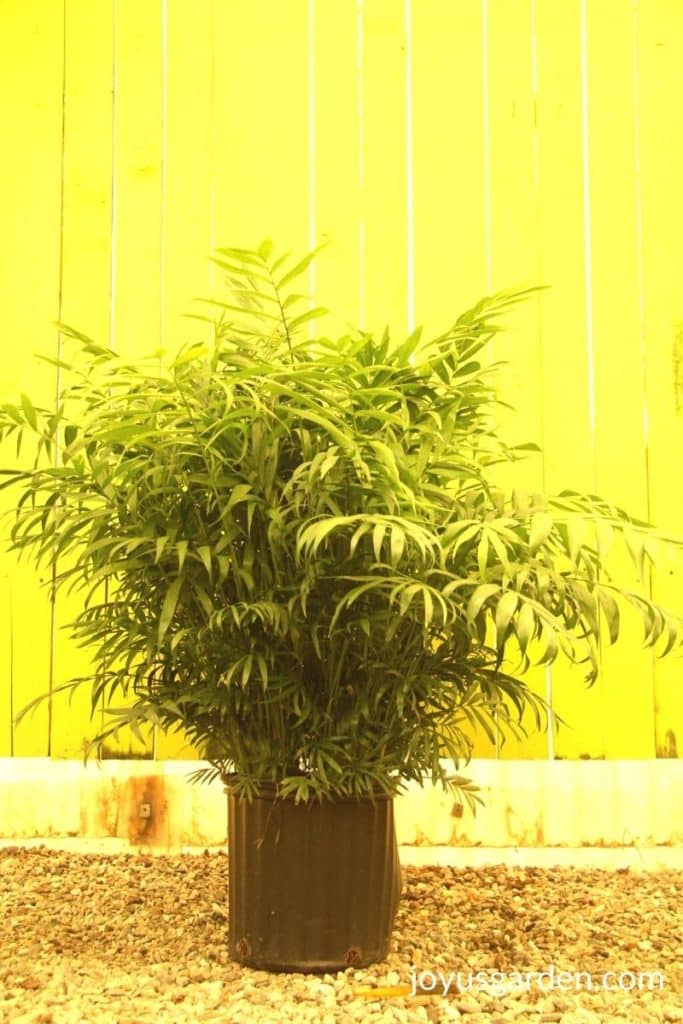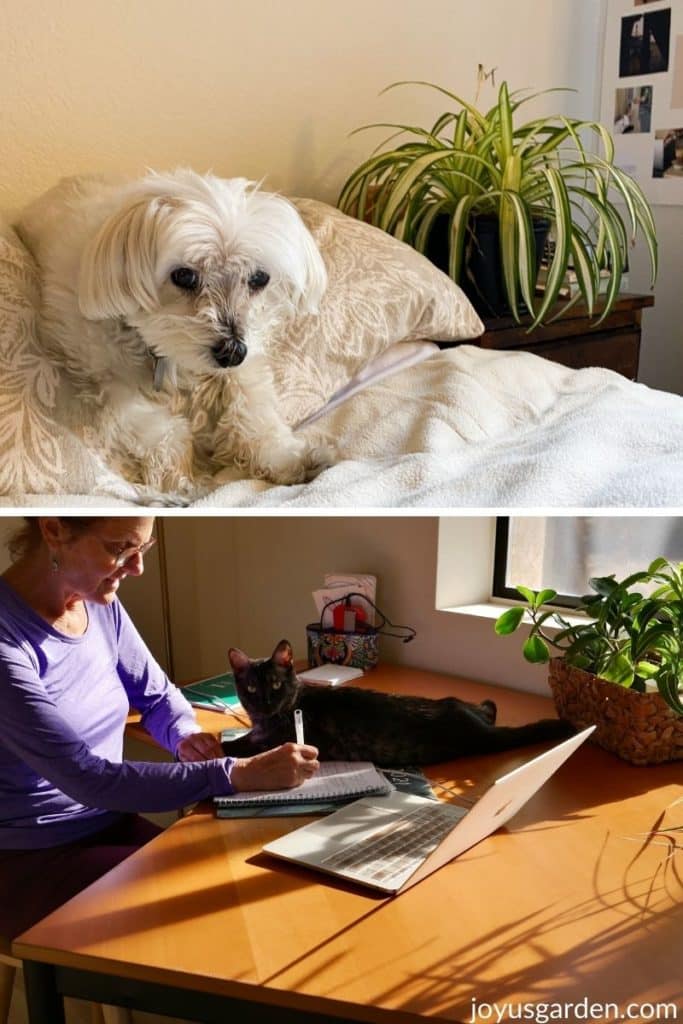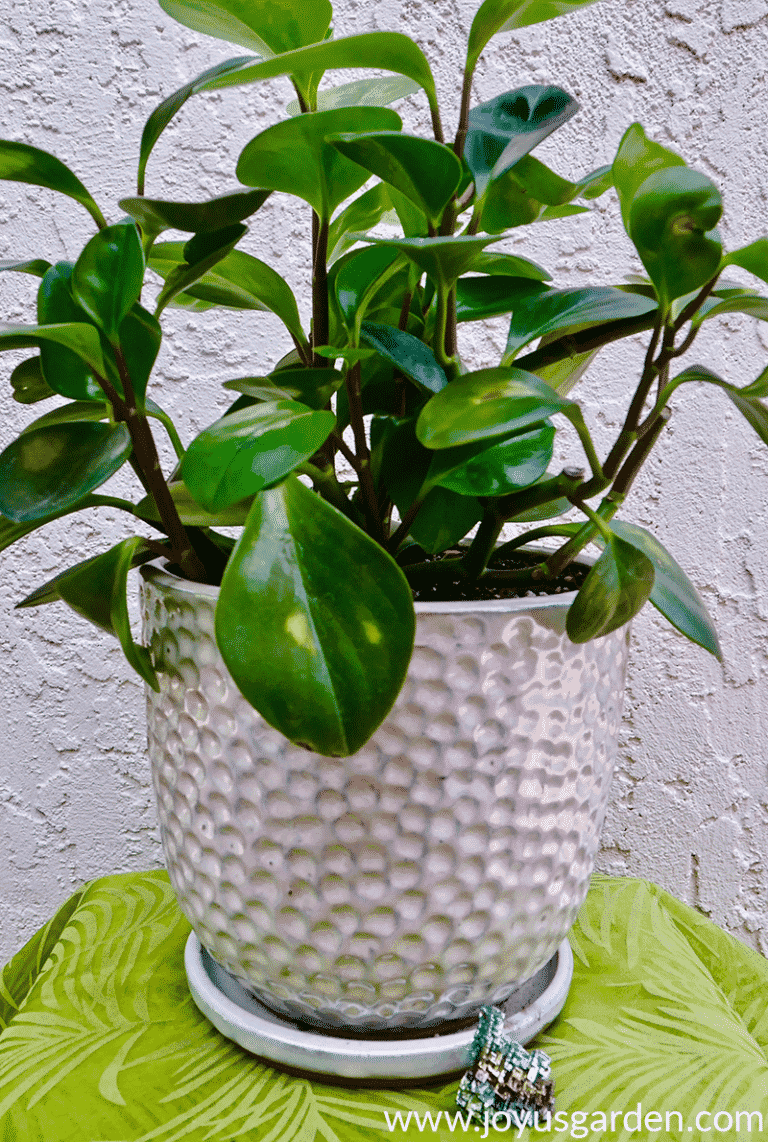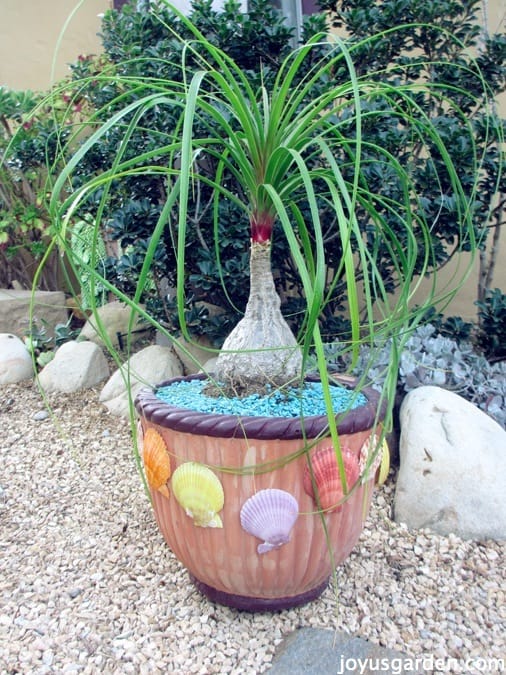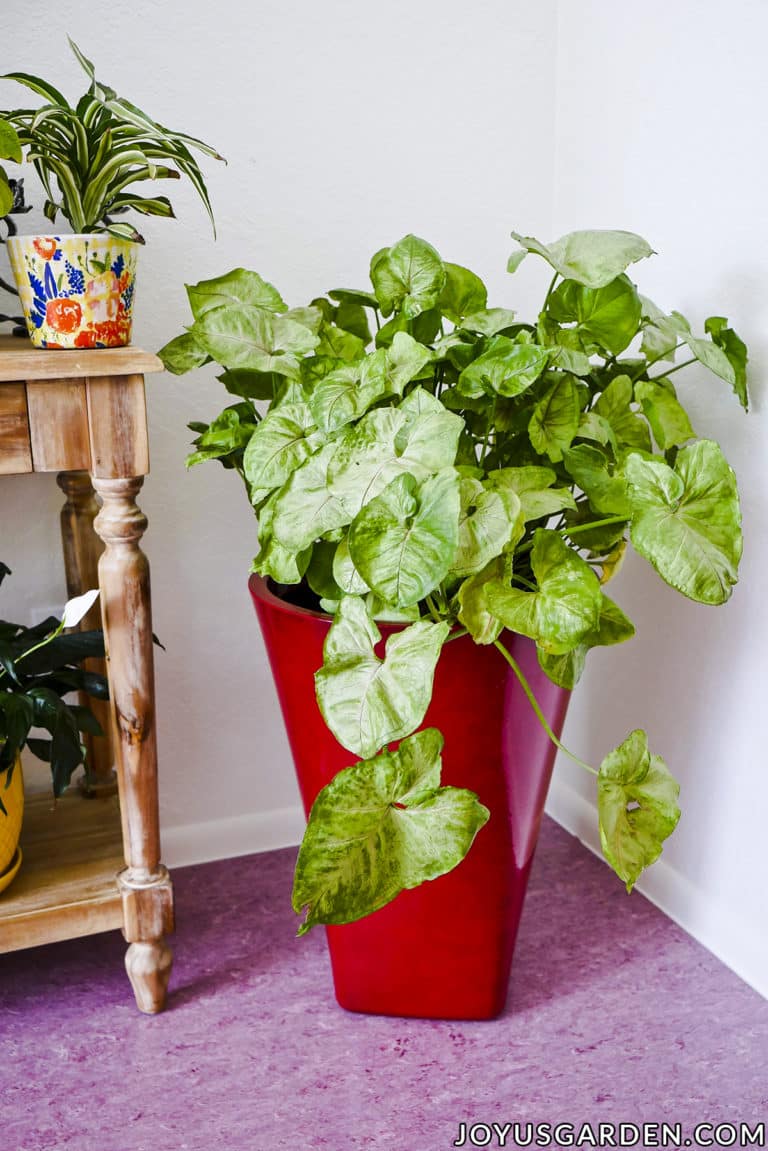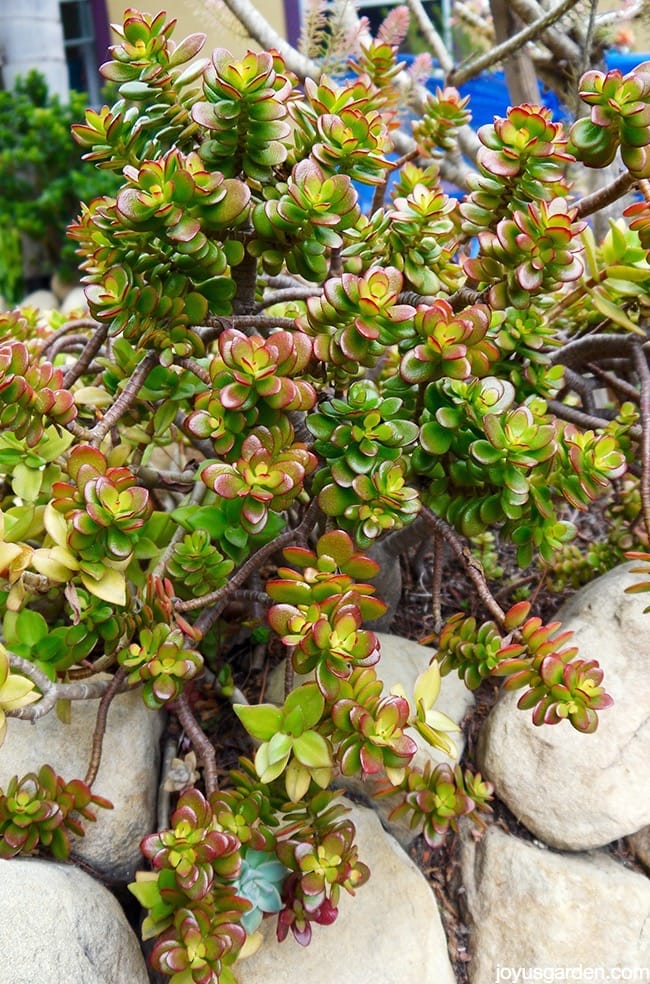11 Pet-Friendly Houseplants: Popular, Easy To Grow Indoor Plants
There’s no question that both houseplants and pets make our homes a happier place to live. They both make great company, give us something to take care of, and bring so much joy to our lives. And that’s why we put together this list of 11 pet-friendly houseplants that are easy to keep alive.
We want to make sure that your pets and houseplants can live together in harmony. If your pets tend to nibble on houseplants or you keep houseplants low to the ground, you should make sure that they are safe for your pets.
We chose these non-toxic indoor plants because they’re easy to find online, most are sold at big box stores, and they’re easy to care for. We want both you and your pets to live in harmony!
Note: Eating any plant can cause vomiting and diarrhea in our pets but ours is a list of nontoxic plants for pets. (Source: https://www.aspca.org/news/liven-your-space-these-pet-friendly-plants)
Some Of Our General Houseplant Guides For Your Reference:
- Guide To Watering Indoor Plants
- Beginner’s Guide To Repotting Plants
- 3 Ways To Successfully Fertilize Indoor Plants
- How to Clean Houseplants
- Winter Houseplant Care Guide
- Plant Humidity: How I Increase Humidity For Houseplants
Most Popular Non-toxic Houseplants
Christmas Cactus
A Christmas Cactus is a beautiful and easy-to-care-for houseplant that blooms around the holidays. Christmas Cacti (Thanksgiving & Holiday Cactus included) love bright light but no direct sun so keep yours out of a hot window.

Be sure not to overwater your Christmas Cactus or else its roots can rot. Wait for the soil to dry up completely, then water it thoroughly. This usually means every 2-3 weeks, depending on the size of the pot, the soil it’s in, and what type of light exposure it has. When they’re blooming, you can water it a little more frequently.
Since Christmas Cacti are actually tropical cacti, they like a little more humidity than other cacti. You can mist them to keep them looking nice but avoid doing so when in bloom.
Many people think of Christmas Cactus as a holiday blooming plant but they are actually long-lasting indoor plants.
More On Christmas Cactus Care:
- Christmas Cactus Care Tips
- How To Propagate Christmas Cactus
- How To Get Your Christmas Cactus To Flower Again
Baby Rubber Plant
Baby Rubber Plants are a great option for beginning indoor gardeners because they are easy to care for and their thick, glossy leaves are so cute! They do well in moderate, bright indirect light. Make sure not to keep these pet-friendly houseplants too close to direct light or else their leaves can burn.

Since their leaves and stems are so thick, they store water very easily, so don’t over do it with the watering. Water approximately every 7-10 days in the summer and every 14 – 21 days in the winter.
Let the soil almost completely dry out in between waterings. One good way to measure this is to just stick your finger right in the soil. If your finger comes out dry, then it’s time to water. If there’s damp soil stuck to your finger, then you know you can wait a couple of days and then check again.
More On Baby Rubber Plant Care:
Hoya
Hoyas, usually sold as hanging plants, are another great pet-friendly option for beginners because they are very durable. They offer so many choices in terms of leaf shape, size, and color.
Hoyas love bright, natural light. You can keep them close to a bright window, just not against the hot glass. Like all indoor plants, you may need to rotate yours every few months to make sure all sides get even exposure.
It’s definitely better to underwater your Hoya than to overwater it. In the summer, water them about every 7-10 days and in the winter you can water them every 14 days or so. Just make sure the soil is almost completely dry before watering. And make sure whatever soil you pot your in is rich in nutrients and drains well.
More On Hoya Care:
Spider Plant
Spider Plants are the plants that keep on giving! As they mature, you’ll see babies (pups) appear on long stems. They’re easy to propagate and make great gifts for friends (or you can keep it yourself and keep growing your collection).
They’re great houseplants suited for beginners because of their durability, adaptability, and ability to thrive in various conditions.
These pet-friendly houseplants have thick roots. Check the soil every 10-14 days and water yours when the soil is dry. I like to water most of my houseplants over the kitchen sink to make sure I water deep enough and allow the water to fully drain out the bottom.
Spider Plants do best in bright, indirect light. That’s where they will produce the most babies. They’ll do fine in lower light conditions but you may not see babies and the growth will be slower. Make sure yours isn’t in any hot sun or else the leaves will burn.
More On Spider Plant Care:
Ponytail Palm
Ponytail Palms are a fun and unique houseplant that thrives with lots of bright light. This isn’t a hyseplant that does well with lower light.

Make sure to rotate your Ponytail Palm so it gets an even light exposure all around it. You might even want to move yours to a brighter window in the winter months to keep it growing strong.
They grow very slowly, which is good for beginners since they won’t need to be repotted as often as other houseplants.
Ponytail Palms store water in their trunks and bulbous bases so definitely let yours dry out between waterings.
More On Ponytail Palm Care:
Phalaenopsis Orchids
Phalaenopsis orchids are very popular pet-friendly houseplants, and for good reason! Their flowers are beautiful, they’re widely available, and when taken care of correctly, they can bloom multiple times.

Make sure your orchid has enough light and is properly fertilized if you want it to be a long lasting houseplant.
More On Phalaenopsis Orchid Care:
Peperomia
Peperomias are very similar to Hoyas in their care. They do best in moderate light, but can also tolerate low light conditions too. If your Peperomia has a lot of variation and coloring, you will need more light to maintain the foliage.

Let your Peperomia almost dry out completely before watering again. They don’t like the be totally dry between waterings, but they don’t like sitting in water either.
There are many Peperomias to choose from. The Baby Rubber Plant seen above is actually a Peperomia. It’s so tough and so popular that is got its own listing!
More On Peperomia Care:
Burros Tail
Burros Tail, otherwise known as Sedum morganianum, Donkey’s Tail, or Horse’s Tail, are very easy and popular succulents. They thrive in partial sun or bright shaded areas outdoors but need strong light indoors to thrive.

If in a location that is too sunny and hot, they’ll bleach out and eventually burn. If the light is too low, the foliage will turn pale and the growth will be sparse.
Be sure to keep yours on the dry side. Succulents store water in their leaves, stems, and roots. Depending on the conditions, you will want to water your Burro’s tail every 10-21 days. And make sure the soil your Burros Tail is planted in has excellent drainage.
Read more about Burros Tail care here:
- Pruning And Propagating A Burros Tail
- How To Work With Hanging Succulents Without The Leaves Falling Off
- How To Take Burros Tails Cuttings
Bromeliads
Bromeliads make gorgeous and bright pet-friendly houseplants. My personal favorite is the Aechmea fasciata because it is low-maintenance and has a cute, pink flower!

Nell loves Neoregelias because the foliage is colorful and the plants are longer lasting than other bromeliads. The most popular bromeliad overall tends to be the Guzmania.
They do best in bright light, which helps them produce pups and also to flower. It’s best to keep the central vase 1/4 of the way filled with water and water the mix every month or 2.
Air Plants are also in the Bromeliad family. They’re fascinating to have in your home because they don’t require soil. Air Plant care can be tricky in our dry homes but they’re worth a try.
More Bromeliad Care Here:
African Violet
African violets are beautiful, flowering indoor plants that are very adaptable and durable. They require a certain soil mix and can be picky about watering.

Nonetheless, these are one of the most popular lowering houseplants and you can also find them in miniature form.
More On African Violet Care:
Neanthe Bella Palm
Neanthe Bella Palms make great tabletop palm plants. In larger pots, they’re low, wide floor plants. These pet-friendly houseplants do well in moderate light but can tolerate low light situations.
In terms of watering, every 7-21 days will do it. Like all plants, the smaller the grow pot, the more often it’ll need watering. And, be sure to keep your eye out for Spider Mites as this plant is very susceptible to them.
Bonus: Cat Grass!
If your pets nibble on your houseplants, you might want to buy them a plant specifically for them!
And cats aren’t the only pets that can enjoy eating this plant, it’s safe for dogs to eat as well. Cat Grass will provide your pets with some extra nutrients, vitamins, and minerals.
Nell grew her own Cat Grass from seeds last year, you can read more about that here.
I hope this list of pet-friendly houseplants encourages you to fill your home with gorgeous, easy to care for plants that both you AND your pets will enjoy!
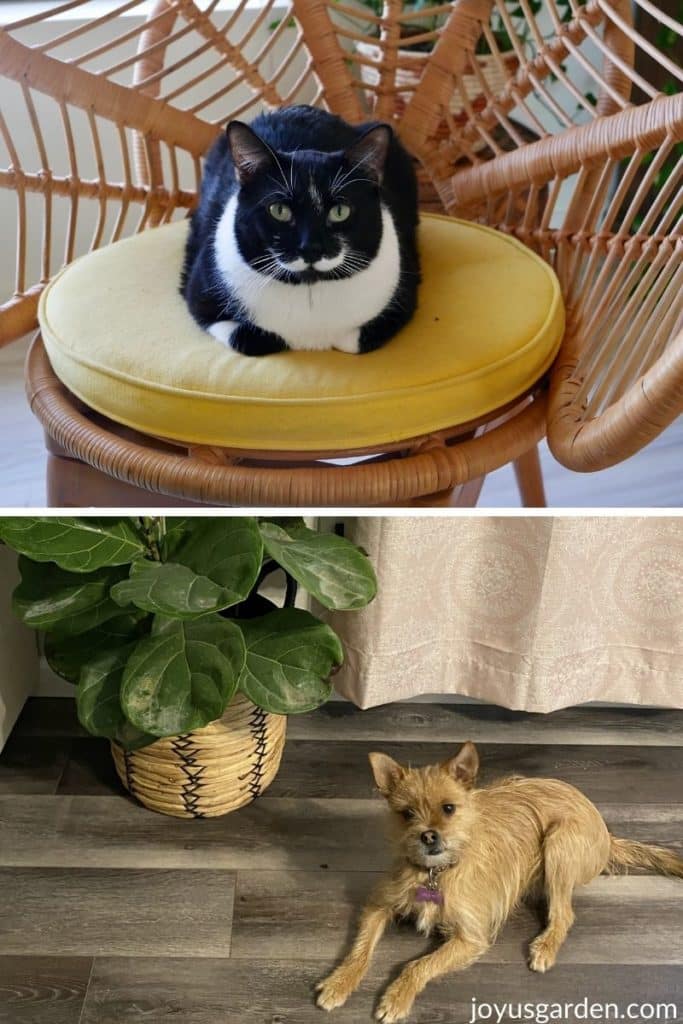
Humane Society Of Southern Arizona. Summer lives with Miranda & was adopted from the
Animal Rescue Foundation.
